The Vivo X60 Pro 5G (Review) that was launched back in May this year remains one of my favorite smartphone that hovers around the $1,000 mark. Not only does this device impress in terms of design, but it’s ultimately a perfect example that reminds consumers they do not need to spend excessively for good smartphone cameras.
Fast-forward six months, Vivo is now back with the next-generation’s Vivo X70 Pro 5G which was launched over the weekend with a similar launch price of S$1,199 as the Vivo X60 Pro 5G.
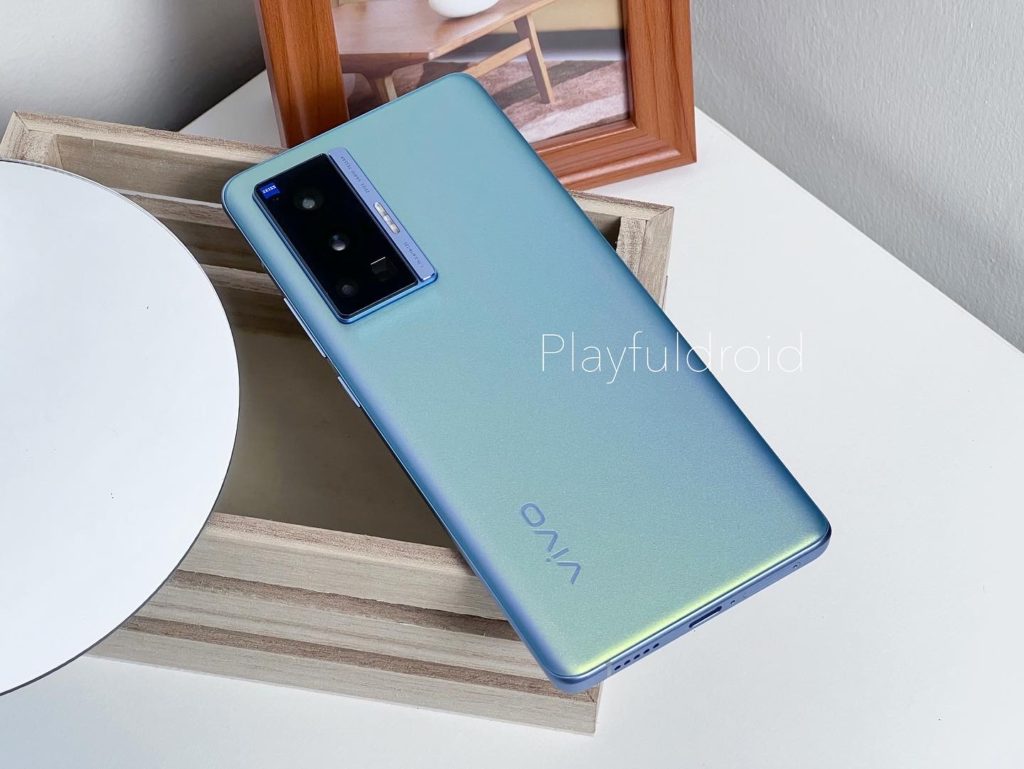
Despite the launch happening in a rather quick succession, the company somehow managed to squeeze in a handful of noteworthy upgrades that make the phone an even better deal than it’s predecessor.
However, with so many competing models within the same price range including the Apple’s new iPhone 13 (Review) – does the Vivo X70 Pro 5G has what it takes to stand out of the crowd? Let’s find out in our Vivo X70 Pro 5G Review!
Design & Display
If you happens to be a fan of Vivo X60 Pro’s design, then you’ll definitely be in love with the X70 Pro’s design too. That’s because the phone doesn’t bring much changes to it’s overall design, except for it’s slightly redesigned camera island at the back which now looks slightly more elongated in order to accommodate an additional camera.
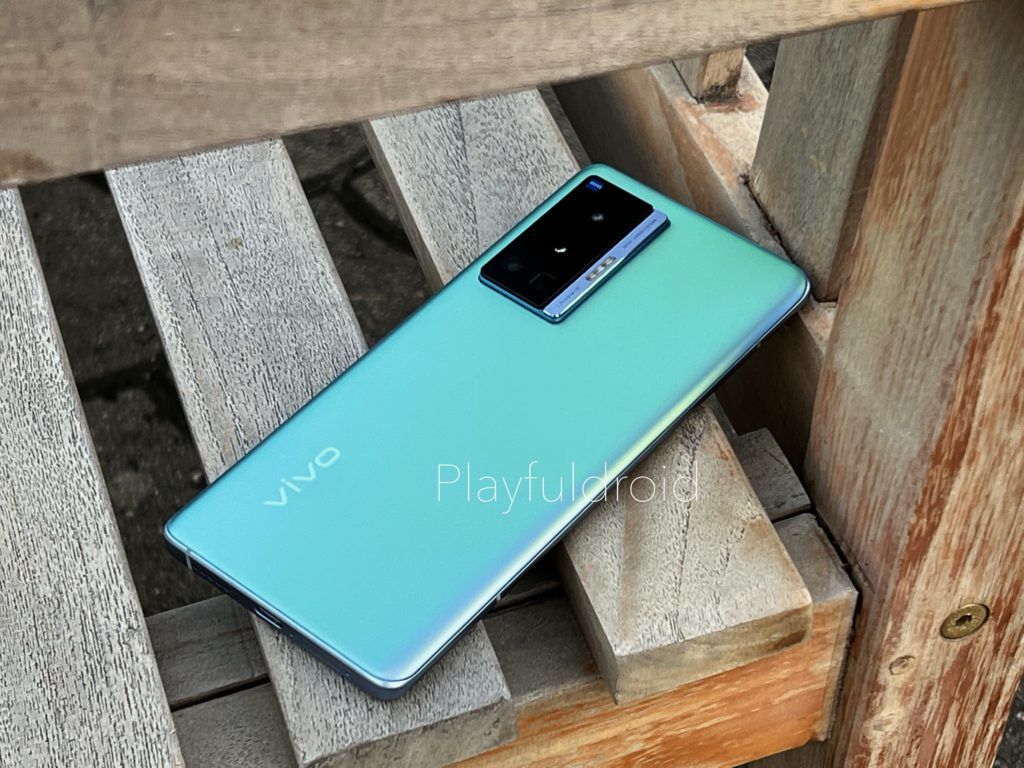
Therefore, you can well expect to be greeted by the same elegant and classy appearance which sets the phone apart from pretty much any other smartphones in the market due to it’s originality. Simply put, the Vivo X70 Pro looks like something which we would probably expect to see in a fashion show.
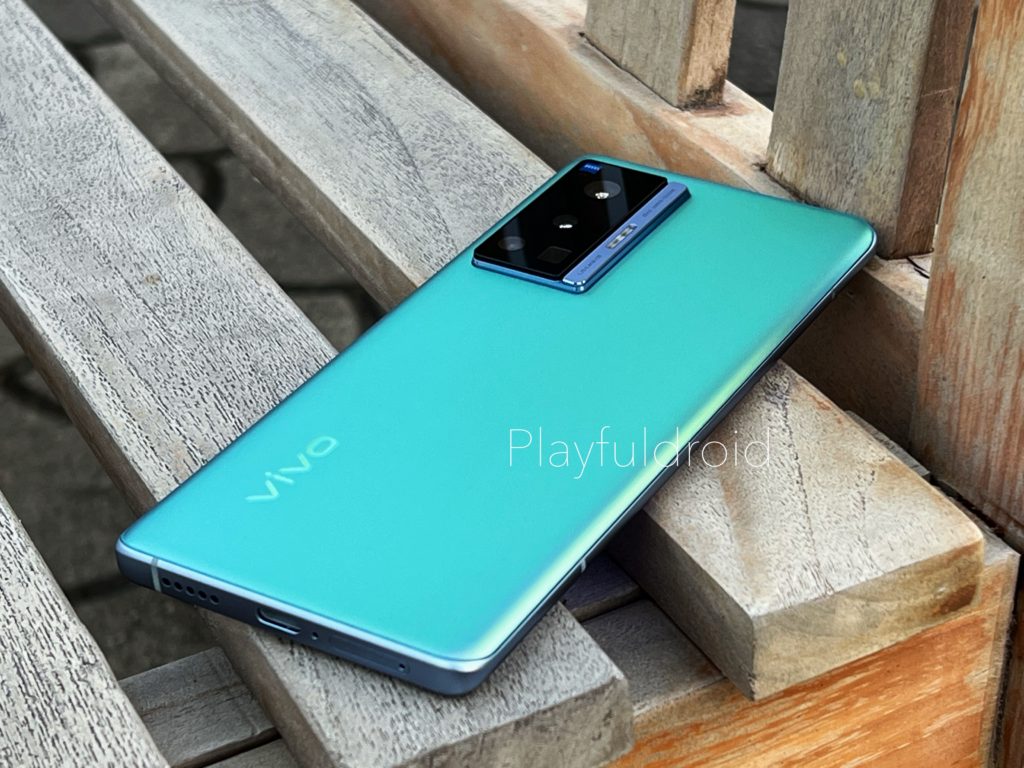
For the Aurora Dawn variant which I’m holding for review, it features a really gorgeous, pearl-like iridescent sheen that shifts color under different angles of incident light. Also, it’s rear panel employs a high-quality AG glass that looks and feels premium on hand thanks to it’s satin finish, which helps in repelling those unsightly smudges too.
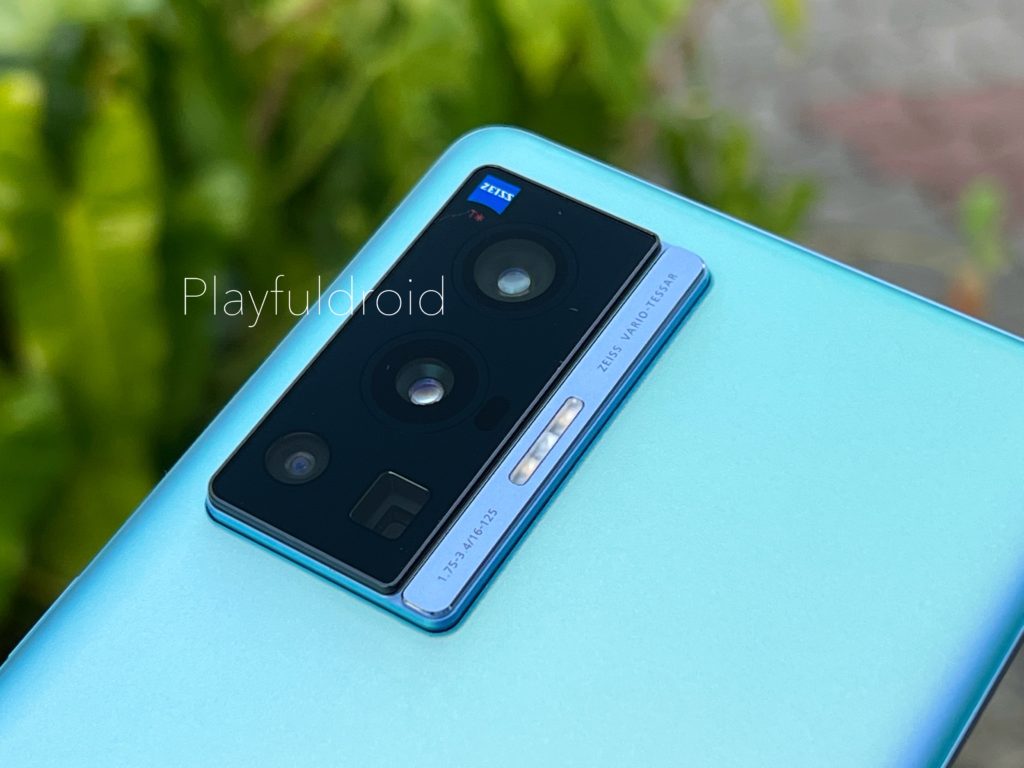
Interestingly, the Vivo X70 Pro appears to be slightly thicker than it’s predecessor at 8.08 mm. Nonetheless, it’s still comparatively thinner than most other flagship phones like the Samsung Galaxy S21 Ultra (Review). Along with it’s manageable weight of just 184 grams, this is a phone that’s great for single-handed use as well.
Moving on to the frontside of the phone, we get a familiar-looking central hole-punch display which flaunts a pair of subtle curves that run along the edge of the screen. Speaking of display, the Vivo X70 Pro adopts a vibrant AMOLED panel that measures 6.56” diagonally.

The display itself offers a sharp-looking FHD+ screen resolution along with a fast refresh rate of 120Hz that promises a buttery-smooth user experience when navigating through the phone’s UI or scrolling through your favorite websites.
Although the phone gives you the ability to manually switch between 60Hz and 120Hz refresh rate, but there’s also an option known as ”Smart Switch” which automatically adapts the screen refresh rate according to the onscreen content as well as system power consumption.
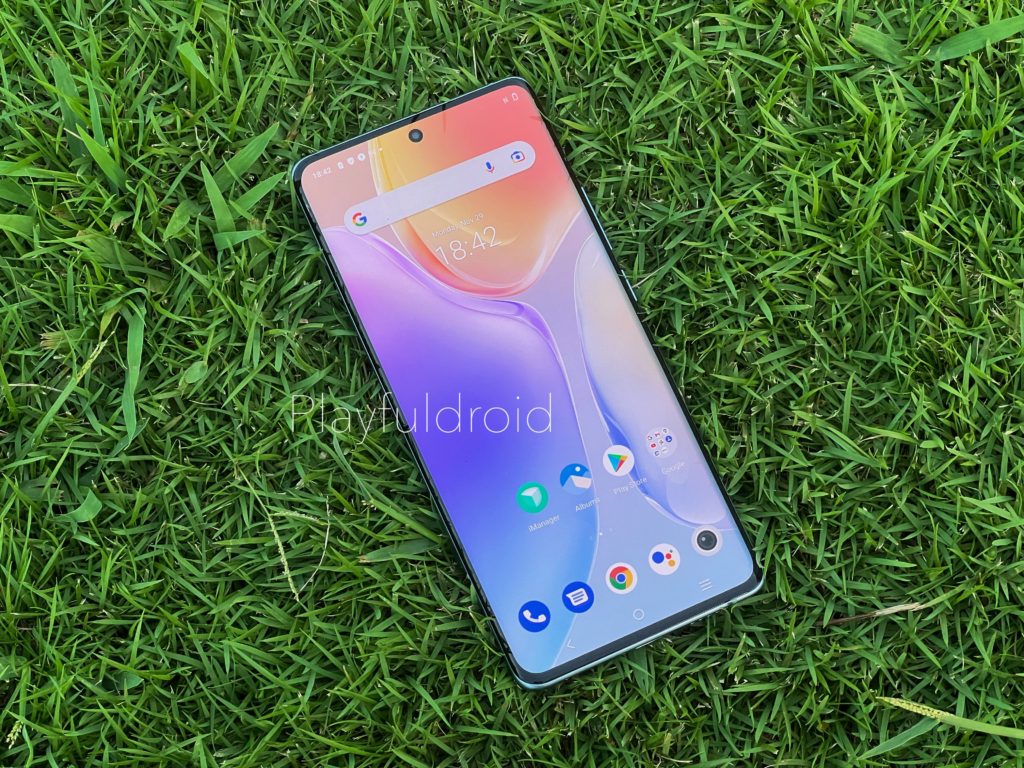
Just like any other high-end devices, the Vivo X70 Pro is also HDR10+ certified, meaning it’s able to produce true-to-life colors and details in HDR10+ supported contents for a more immersive and enjoyable viewing experience with the use of dynamic metadata.
In broad daylight, the front display can also offers an impressive peak brightness of up to 1,300 nits to keep it legible. This is therefore an exceptionally important (but underrated) feature especially for those who loves to do outdoor photography.
Performance
At the helm, the Vivo X70 Pro is powered by an octa-core MediaTek Dimensity 1200 chipset which in opinion, is pretty much a sidegrade to the Snapdragon 870 that was used in the Vivo X60 Pro. That’s because I hardly experience any notable difference between the two after testing multiple devices equipped with those chips.
As such, you can well expect the same blazing-fast performance which makes your day-to-day usage felt like a breeze. Even you’re working on more resource demanding workload like video editing and exporting on the X70 Pro, you’ll hardly encounter any sign of choppiness during the process.
Also, the quick and accurate AI scene recognition and other computational photography wizardry on the Vivo X70 Pro are also made possible by the Dimensity 1200 mobile platform. That’s exactly good the 7nm chip is!
Besides offering users a flagship-level performance on the device, the Vivo X70 Pro also aims to elevate gaming experience for mobile gamers by drafting in a highly capable linear motor that offers satisfying haptic feedback in supported game titles.
Like it’s preceding model, the Vivo X70 Pro is available in a single 12GB RAM and 256GB storage configuration which is certainly more than sufficient for majority of the users. While there’s no reason to complain about it’s aplenty RAM, but that’s likely to be an overkill for most users.
Cameras
Coming to what matters most on the device, the Vivo X70 Pro features a revamped camera system which now has an additional periscope telephoto camera on top of the changes to it’s imaging sensors.
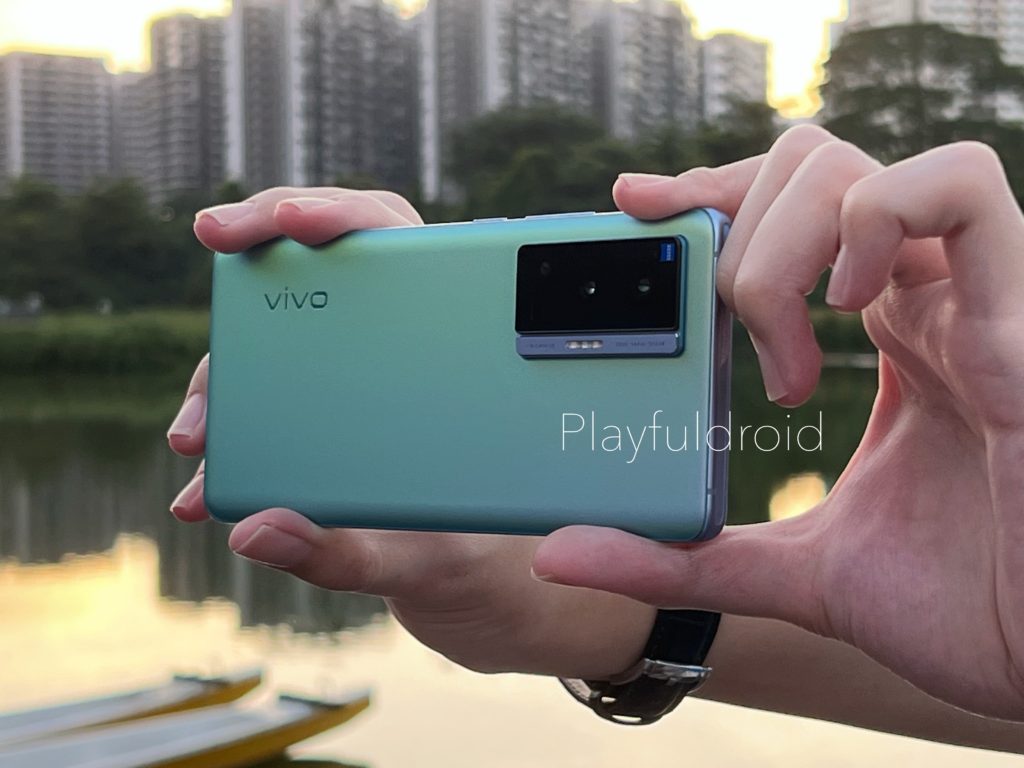
Just a quick rundown, it’s quad-camera system, co-engineered with German optic specialist Zeiss includes a 50 megapixels (f/1.8 aperture) main camera, 12 megapixels (f/2.2 aperture) ultra-wide camera, 12 megapixels (f/2.0) telephoto camera with 2x optical zoom, and finally an 8 megapixels (f/3.4 aperture) periscope telephoto unit.
As I mentioned at the beginning of the review, the Vivo X60 Pro has one of the best smartphone cameras I came across this year. Hence, it’s doesn’t came as a surprise that the Vivo X70 Pro continues to impress in this aspect.
It’s main camera, which adopts a custom Sony IMX766V imaging sensor, is able to capture flattering photos across all lighting conditions. Color reproductions are on point with excellent dynamic range that result in photos that appear lively and natural.


Most importantly, details are also very well-preserved in the photos with small wordings that remain legible even when you do pixel peeking on the photos. That means photos will still appear sharp even when you’re viewing it on a large monitor screen or even a Smart TV.

One thing that’s certainly worth pointing out is the presence of a next-generation’s Gimbal-style stabilization system for it’s main camera. For those who may not know, this is a really useful feature that helps to compensate shakiness or movements when taking photos or recording videos.
It’s works exactly like a physical smartphone gimbal like the DJI OM 5 (Review), except it’s built into the main camera system. This makes it way easier for users to capture sharp-looking photos or videos without the aid of a tripod stand.
Moving on to low-light photography, the Vivo X70 Pro has a reliable night mode feature that works just as intended. It’s capable of brightening up an otherwise dark and boring scene into one that looks more vibrant and detailed without overblowing brighter regions of the photo.
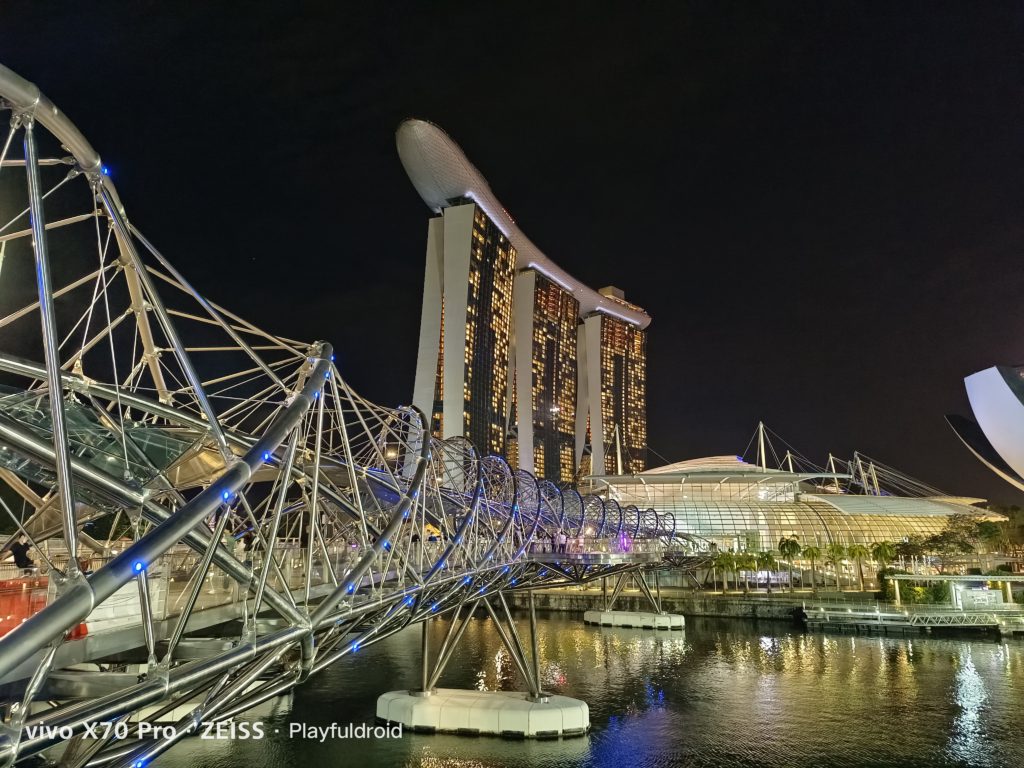
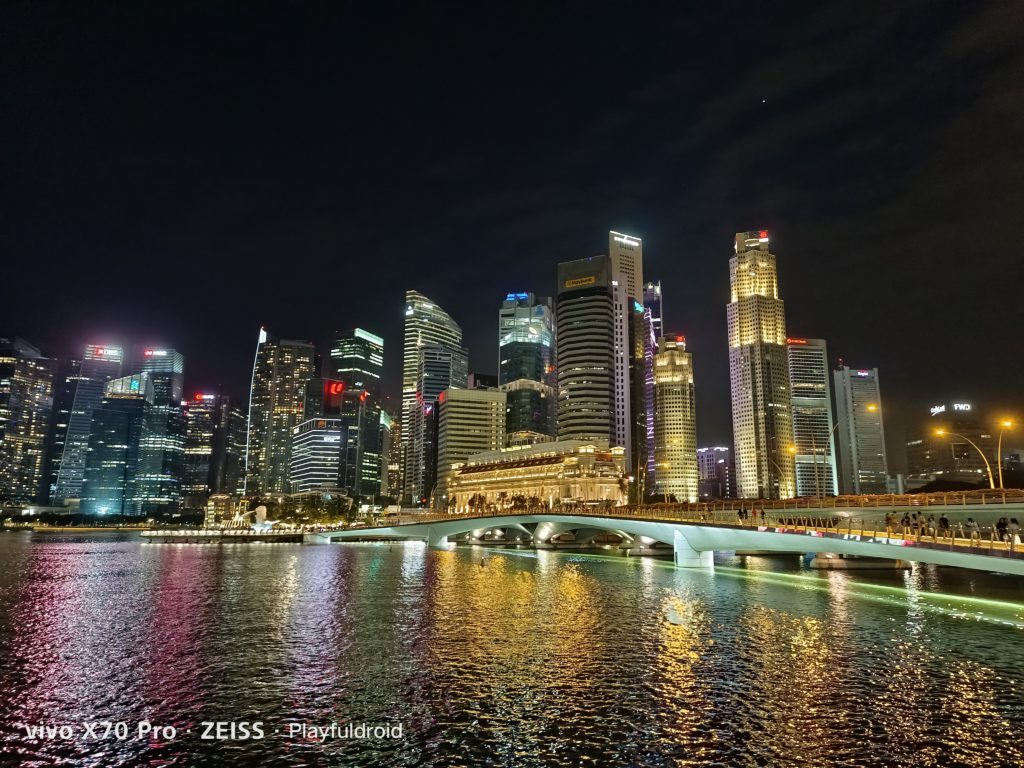
Likewise, I hardly came across any lens flare or stray light issues when taking photos in night mode as well. That can be attributed to the additional layer of ZEISS T* coating on it’s optical lens that helps to optimize light efficiency.

For landscape photography, it’s 12 megapixels ultra-wide camera is also able to deliver equally admirable result whether in a bright or low-light environment. Just like it’s predecessor, the ultra-wide camera is able to handle fisheye distortion remarkably well too.
To help with shooting faraway subjects or close-up photography, the Vivo X70 Pro does has a pair of 12 megapixels telephoto camera with 2x optical zoom as well as an 8 megapixels periscope telephoto unit with 5x optical zoom.
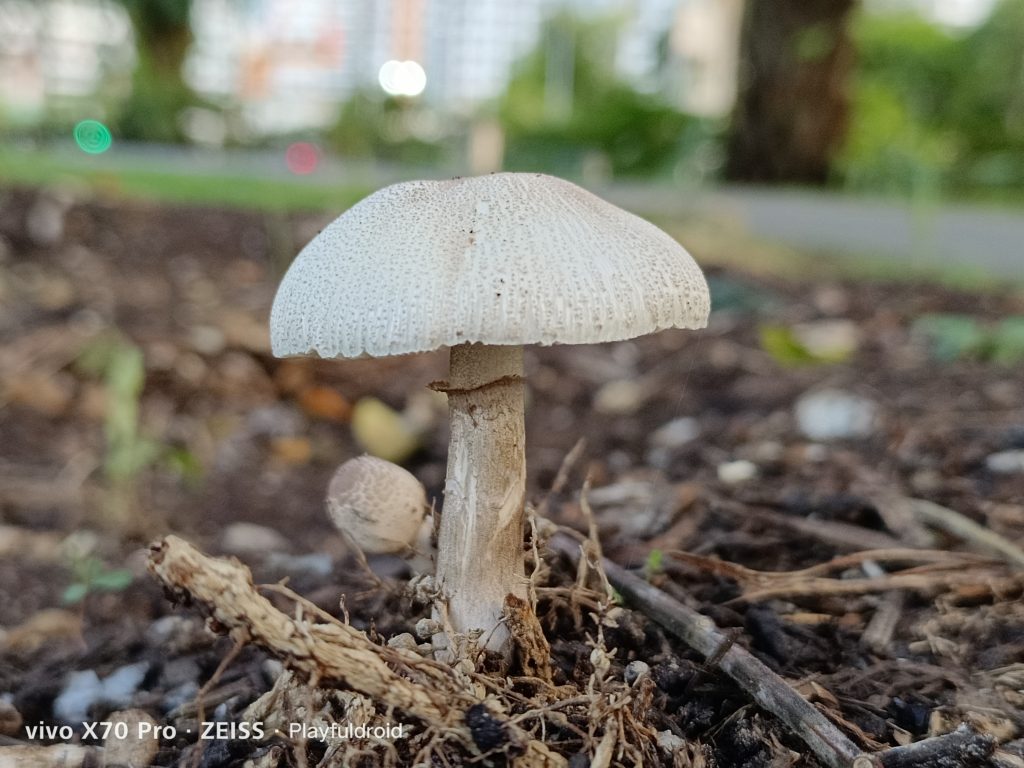
It’s 12MP telephoto camera is incredibly useful if you’re intending to take a close-up photo of a flower or an insect, especially when you’re not comfortable of getting too close to the subject with the ultra-wide camera.
As for the 8 megapixels periscope telephoto camera, it’s most probably going to end up as the most seldom used camera, even though it’s presence is seen to be necessary by most consumers in order to justify the X70 Pro’s flagship status.

Nonetheless, you’ll be surprised by the quality of the photos captured by this camera. Despite shooting with a 5x zoom factor, it’s photos actually looks sharper and clearer than photos taken with a 2x zoom factor on other devices. That’s the beauty of a periscope telephoto camera.
Battery & Charging
The Vivo X70 Pro has a respectable 4,450mAh battery to power the phone through the day. On a moderate usage, I’m usually left with around 40% battery remaining at the end of the day.
As such, the battery life on the X70 Pro certainly felt more enduring than what I’d experienced on the X60 Pro which features a slightly toned-down 4,200mAh battery. Similarly, it’s battery life also outperforms some other flagship phones that I’ve tested this year – and that’s definitely a great thing considering the phone is priced much lower than those devices.
In terms of charging, the new Vivo X70 Pro brings along a comparatively faster 44W fast wired charging which is a step up from the 33W charging speed offered by the X60 Pro.
Despite that, charging a flat battery to it’s brim still takes around an hour just like the previous model. That’s mainly because it has a larger battery capacity which we obviously wouldn’t complain about.
Verdict
The Vivo X70 Pro is currently my favorite Android smartphone within the S$1,000 to S$1,500 price bracket. It might be true that the phone doesn’t packs the best-in-class Snapdragon 888 chipset, but it still offers some of the best smartphone performance in the market with the adoption of MediaTek Dimensity 1200 chip.
Most important of all, the Vivo X70 Pro’s camera system is equally capable as those that are found in devices that are priced much higher, making it an ideal device for content creators and photography enthusiasts who ain’t intending to spend a bomb for a reliable smartphone camera.
For those who’re interested, the Vivo X60 Pro is available at S$1.199 via both Shopee and Lazada.